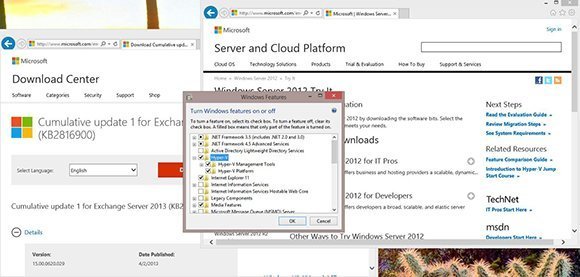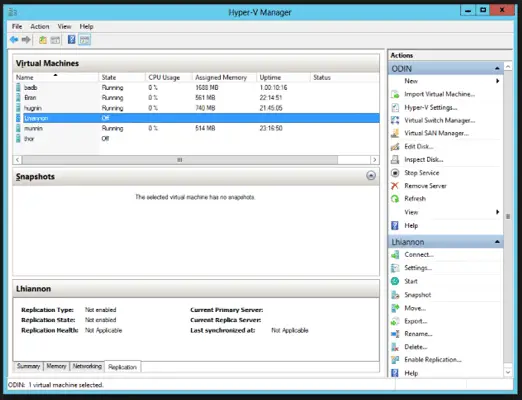

Workstation Pro also supports macOS and VMware ESXi within a VM. Workstation Pro supports most 64-bit Windows and Linux guest OSes, such as Windows 2000 and XP. Though Fusion is a separate product, the license for both Workstation Pro and Fusion are interchangeable. VMware also offers a product for macOS, named Fusion, that has similar functionality. If Linux is your main OS, Workstation Pro can run Windows within VMs. Workstation Pro supports a broad range of Windows versions, including Home. Workstation Pro is a Type 2 hypervisor, which means the system installs the hypervisor directly on the host OS. Workstation Pro offers a wide range of guest OS support

Some operations you can only complete through PowerShell, such as setting up virtual networking. If you can complete a task in the GUI, you also complete it from the command line. You can manage Hyper-V with PowerShell, similar to many other Microsoft products. Hyper-V also limits the use of USB devices in guest OSes and graphical performance.

Hyper-V limits guest OS support to recent versions of Windows, including Windows 8.1 and 10, and certain Linux distributions, such as CentOS and Red Hat Enterprise Linux. Hyper-V also offers a Quick Create wizard, which simplifies VM creation. Hyper-V doesn't require additional applications prior to installation just add the Hyper-V role to your VMs. The Home edition requires you to purchase a Hyper-V license. Hyper-V comes with Windows 10 Pro, Enterprise and Education editions at no additional cost. When you use VMs on an occasional basis, you will always incur this hypervisor overhead within your VM. Because of Hyper-V's architecture, this does add some CPU latency, which can limit the use of applications with high graphical demands. It's beneficial to have a Type 1 hypervisor because it means your Windows 10 OS also runs as a VM in the root partition. Hyper-V is a Type 1 hypervisor, which means it runs natively on and has direct access to the hardware. Hyper-V doesn't offer advanced server capabilities, such as live migration, but that's because it's meant for individual use on local computers. But Hyper-V is now also available with Windows 10 Pro, Enterprise and Education editions. Microsoft introduced Hyper-V as a data center product with Windows Server. The benefits of Hyper-V for continuous VM usage To understand the differences between Workstation Pro versus Hyper-V, you must first determine which OS types your system relies on, the number of VMs you plan to use on your local computer and how often you'll run them.


 0 kommentar(er)
0 kommentar(er)
